Friday funnies:
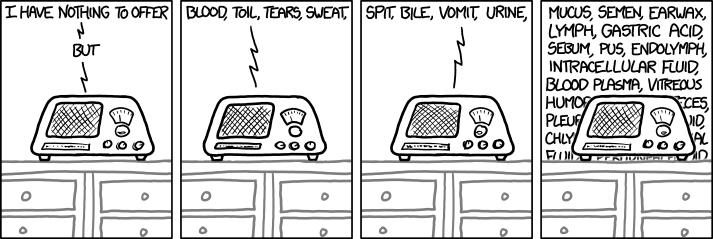
From xkcd
Amplitude Modulation
Aside from everything else, we have been working at WSBS, Great Barrington, MA installing a new Audioarts Air-4 console. WSBS is a small AM station (860 KHz, 2,500 watts day, 4 watts night) serving the Great Barrington area. They also have a 35-watt FM translator (W231AK) on 94.1 MHz which is highly directional. During the day, the AM station has a much better signal than the translator. After dark, the translator covers the downtown area fairly well. WSBS has been on the air since December 24th, 1957 (Happy 55th anniversary!), broadcasting from a non-directional tower just east of town on US Route 7.
The format could be termed full service, in the old tradition. Music, professional sports, local news, network news, and weather with coverage of special events like election night and so on. The station does local very well, and as such, is profitable and has a great community presence.
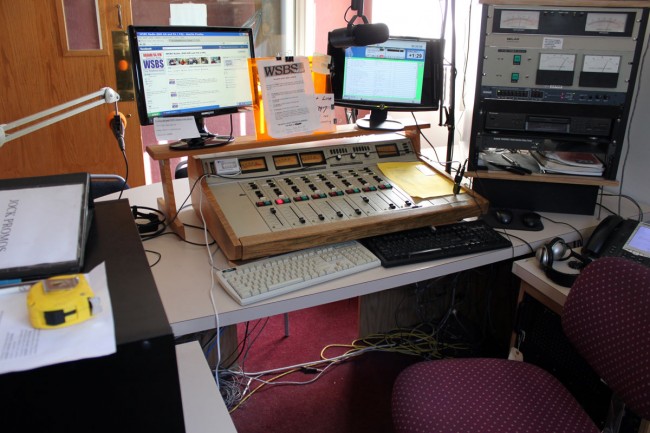
The air studio console was this rather tired-out Broadcast Audio unit from the early 1980s. It had certainly served its station well, but change was in the air, so to speak. Actually, we were getting worried about continuing to service this unit, as parts had become scarce about ten years ago.
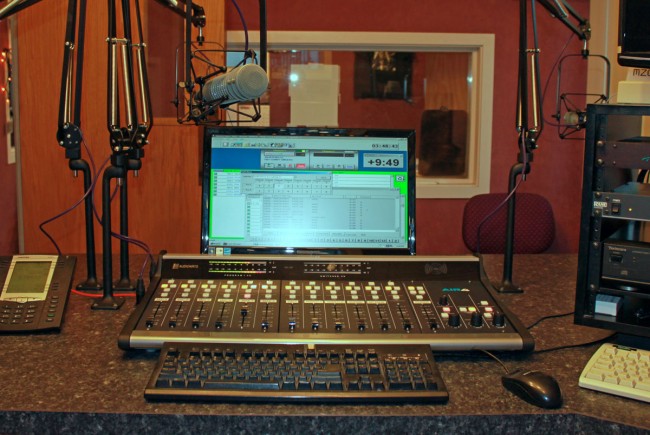
Thus, we moved the air studio to the production room temporarily and removed all the old equipment and furniture. We installed an Audioarts AIR-4, which is a pretty cool little console. The AIR-4 has four built in microphone preamps, a telco mix minus feed, two program busses selectable VU meters and so on. The control room rebuild project included a new counter top, adding extra microphones, headphone amplifiers, cleaning up wiring rat’s nests, installing new monitor antennas, rewiring a good bit of the rack room and so forth.

It was a little more involved than we first thought, however, it came out pretty well:
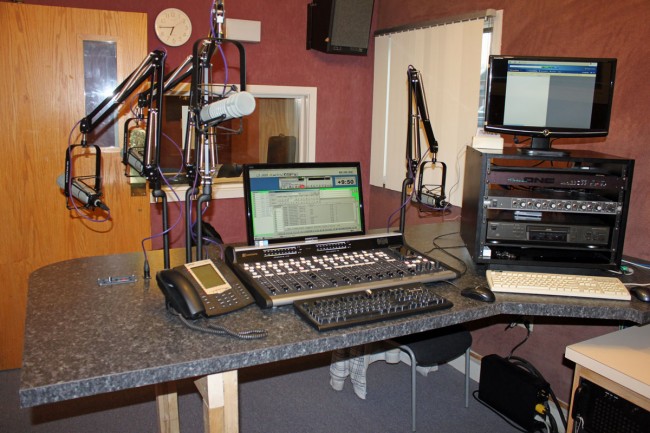
The carpenter will be back next week, after Christmas to install the sides on the studio furniture under the counter top. It is a small operation in a small market in Western Massachusetts, but they have a real, live station staff including two news reporters. Hey, what a concept! To be honest with you, it is a joy all its own to work at a real radio station, if only for a short while.
As has been widely reported in other places, the NAB (National Association of Broadcasters) has completed its study of AM Radio and recommendations to improve the service. The NAB has taken a cautious, if the not somewhat paternalistic approach of holding the report while they review their options. It seems that the technical nature of such a document would not be understood by us mere mortals.
Some of the AM improvement options that have been bantered about in the past include:
There may be a few other options considered also.
It does not take too much analytical prowess to deduce where the NAB’s proposal is going. My prediction is that they will be promoting an all-digital “solution” to the AM broadcasting issue using iBquity’s HD Radio product. I base this prediction on the fact that all of the major radio members of the NAB (Clear Channel, Cumulus, CBS, et al) are heavily invested in the iBquity product. For this reason, the NAB will find (or has found) that digital broadcasting in the medium wave band will solve all of the currently perceived problems with AM and everyone should embrace the technology.
A few numbers to note:
Unless iBiquity drops all patent claims and licensing fees to use its product, an FCC mandate for AM stations to install HD Radio would be skating dangerously close to corporate fascism (AKA Mussolini Fascism or Corporatism) as one corporate entity would then control broadcast radio by licensing its modulation scheme. And no, the patent is not going to expire.
Digital modulation schemes used in the medium wave band have their own set of technical issues. HD Radio is not the panacea for AM broadcasting’s self inflicted woes.
In my never-ending fascination with broadcast transmitters, I bring you the Harris/Gates BC1H. This is an updated model of the BC1G, the main difference being the solid-state audio and oscillator sections in the later H model. This design uses the simple 833 parallel final and 833 push-pull modulator
Sales brochure, click to download the four-page .pdf
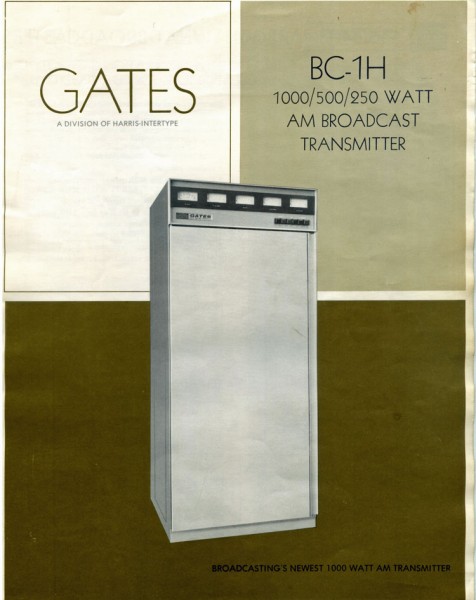
Schematic:
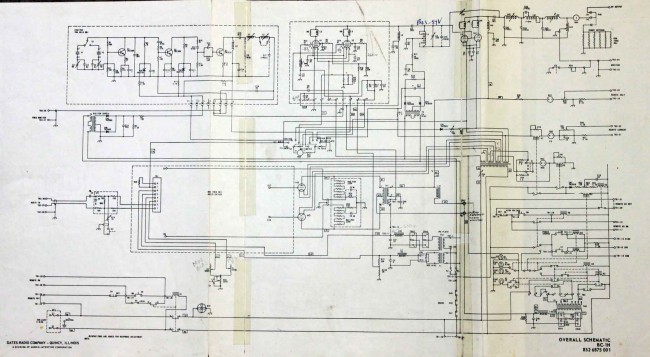
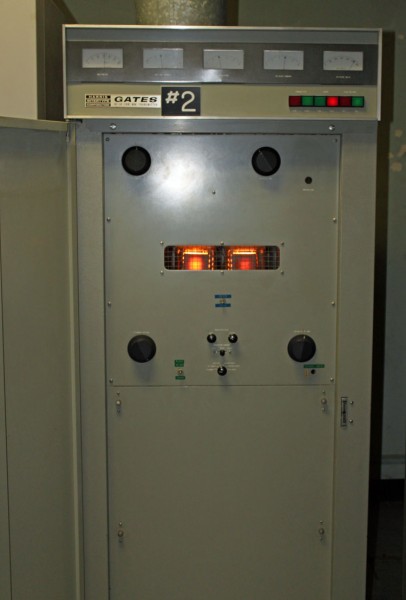
Harris/Gates BC1H Transmitter running at 1,000 watts into the antenna. Like many old tube transmitters, this sounds great on the air. The transmitter was made in 1975 and is in backup service. For a 37 year old transmitter, it runs like a champ and comes on consistently. Like the preceding Gates BC-1 models, this transmitter is rugged and reliable. My only comment is the transistors in the solid-state driver section are no longer available. If that were to become an issue, one can always look up the tube audio driver from previous versions (T and H models). It would be a shame to throw away a good transmitter for lack of a couple of transistors, but I know some who have done just that.